Northrop Grumman’s Manta Ray submarine could be a boon for anti-submarine warfare
- By Alex Hollings
Share This Article
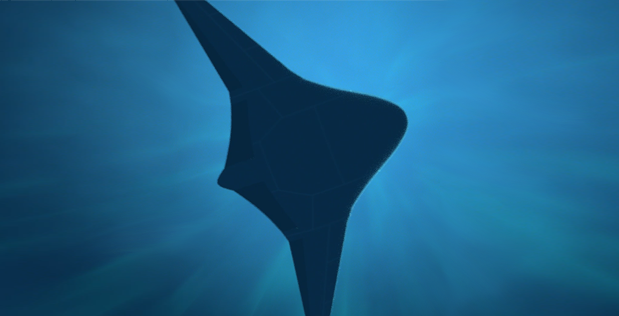
On February 3, 2024 – just shy of two years after Russian forces invaded Ukraine, the Russian Navy rolled out its fifth modernized Borei-A Class nuclear ballistic missile submarine from the Sevmash shipyard in Severodvinsk, Northern Russia. This new class of undersea predator is alleged to be significantly stealthier than previous Russian submarine designs thanks to its use of pump-jet propulsion – a first for Russia. Russian media has claimed this new submarine is five times quieter than Russia’s latest nuclear-powered Akula-class submarines, and two times quieter than America’s Virginia-class attack submarines.
With at least two more Borei-A Class vessels already in production, it’s clear that, despite Russia’s military woes in Ukraine, the country remains heavily invested in maintaining and extending its potent nuclear strike capabilities, on which Russian President Vladimir Putin seems to increasingly rely to stave off direct Western interference with his military objectives.
But Russia’s undersea fleet may soon be facing a new kind of threat… one that lurks deeper than any of their submarines can sail, hibernating with nearly no detectable electromagnetic emissions, and capable of rapidly coming to life and soaring through the sea like an exotic predator combined with a stealth bomber, taking on submersible threats with a variety of potential payloads, before once again anchoring itself to the seabed to lay in wait once more.
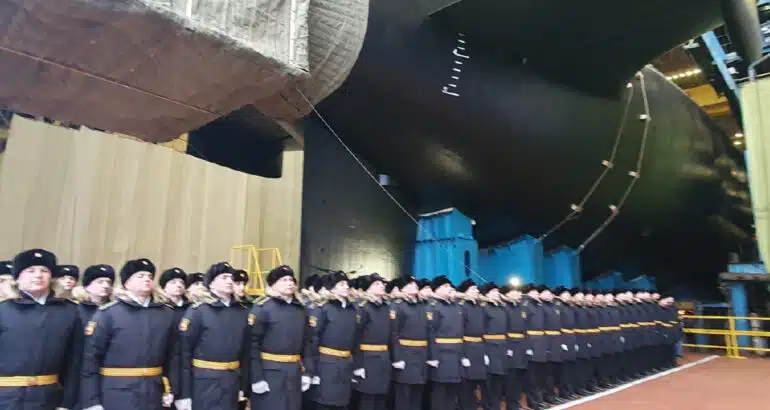
On April 8, Northrop Grumman officially unveiled its new prototype deep sea drone, the Manta Ray uncrewed underwater vehicle (UUV). This new undersea drone is designed to conduct extended-duration autonomous operations at long ranges with minimal need for human support, according to the firm, making it uniquely suited for a wide variety of undersea scientific and potential combat operations.
Northrop Grumman describes the new Manta Ray drone as: “A new class of UUV, it is an extra-large glider that will operate long-duration, long-range and payload-capable undersea missions without need for on-site human logistics.”
While details about Manta Ray and its full range of intended capabilities remain sparse, we can glean some information about the goals informing this endeavor through the contracting documents and announcements released by the Defense Advanced Research Projects Agency, or DARPA, leading up to this point.
The undersea path to Manta Ray
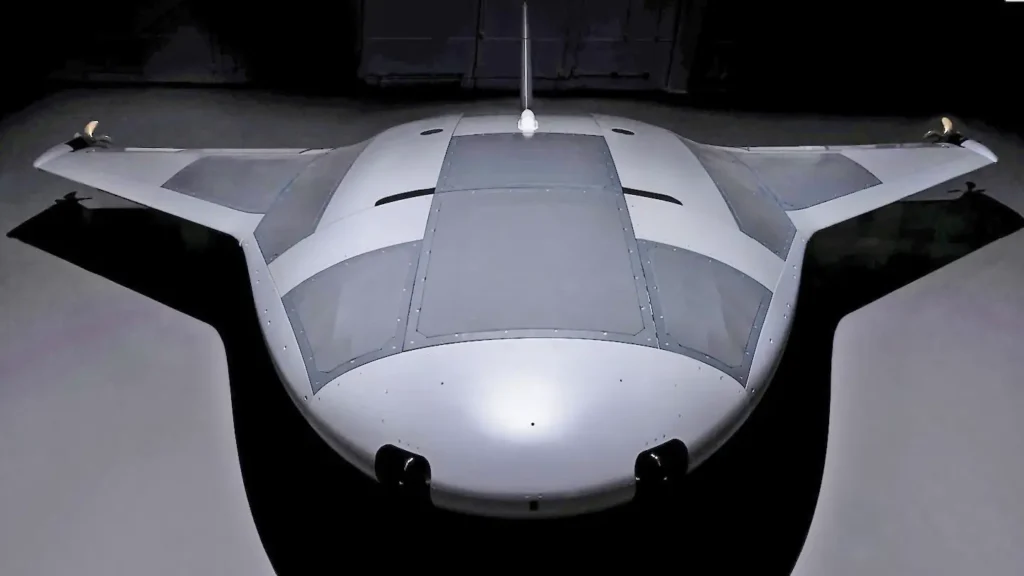
In March 2020, DARPA awarded developmental contracts to Lockheed Martin, Northrop Grumman, and Navatek to mature concepts for what DARPA Manta Ray Program Manager Dr. Kyle Woerner describes as “an autonomous underwater vehicle that’s out operating on its own, harvesting energy, and completing whatever mission it’s given.” By December 2021, the field narrowed to Northrop Grumman and Navatek (now known as Pacmar Technologies) with Phase 2 contracts awarded to each for the construction of full-scale technology demonstrators.
In September 2023, Pacmar Technologies’ Manta Ray sub-scale prototype began “splash testing,” meant to verify the forthcoming platform’s sensor suite and key autonomy behaviors for the full-scale platform. And now, Northrop Grumman has unveiled its own full-scale technology demonstrator, which, according to the company, is modular to support easy shipping for expeditionary deployments, and has the ability to anchor to the sea floor and hibernate for extended periods to reserve power.
Northrop Grumman’s Manta Ray design resembles its namesake fish, adopting a similar “sea-glider” shape.
Based on the Manta Ray program description, also penned by Dr. Woerner, the driving factor in this effort was to field a deep-sea drone that could specifically operate for long durations without the need for logistical support. While not specified in this language, the endeavor seems to prioritize both long-duration deep-sea operations and the force-multiplying effect of passing these roles off to a drone with minimal support requirements.
“If successful, this new class of UUV will give the combatant commander an amplification of capacity without disrupting current operations by remaining independent of manned vessels and ports once deployed,” Dr. Woerner wrote.
Extended-duration operations at extreme depths
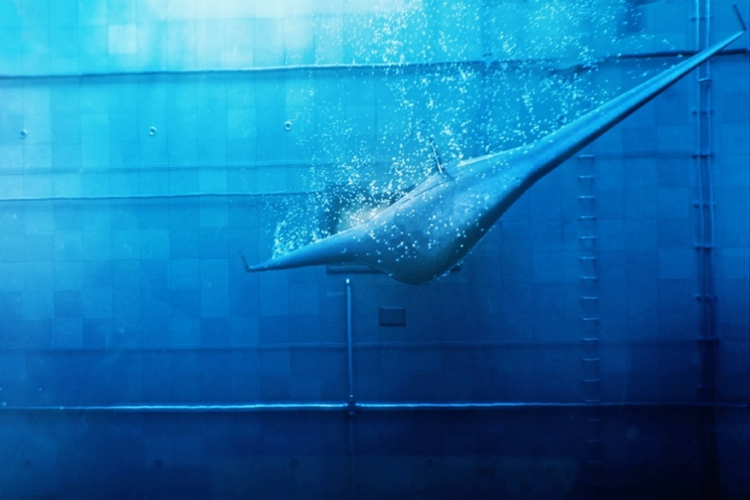
To minimize the logistical requirements of the drone, DARPA’s documentation calls for novel energy management and even energy-harvesting techniques for use in dea sea environments – or creative new ways to minimize energy draw and even to supplement energy stores using its environment – as well as a wide variety of new onboard systems designed to minimize power requirements, from propulsion to threat detection and beyond. A fourth company, Metron Inc, has also been contracted to mature technologies in that specific vein.
Another evident element of the Manta Ray program is to operate at extreme depths that would otherwise be impossible, or economically infeasible, for Navy or civilian submersibles.
“A main driver for wanting to go toward underwater vehicles in their ability to go to depths that humans and many human systems are not able to go to,” Dr. Woerner explained on the Voices from DARPA podcast in October 2022.
Woerner went on to explain that DARPA chose the name Manta Ray as it emphasized the program’s aim of fielding a disruptive submersible technology that departs from the sleek torpedo-like design that’s so common in military submarines, and instead leans into the efficient shapes of undersea life – like the large and exotic-looking Manta Ray fish. While Woerner clarified that DARPA was happy to accept designs that didn’t resemble the Manta Ray found in nature, Northrop Grumman seemed to take the idea to heart when designing its submersible.
Manta Ray will harvest electrical energy from its environment
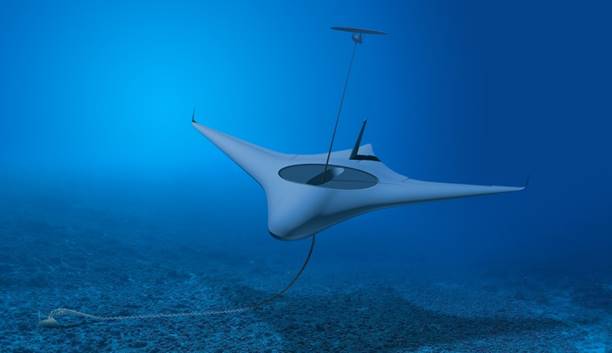
To understand the value Manta Ray can provide, it’s first important to recognize the limitations inherent to current-state deep-submersible technology. Most of today’s uncrewed underwater vehicles (UUVs) are tethered directly to surface vessels for power and support, and the few that aren’t still need to keep support (usually in the form of a crewed ship on the surface) nearby because the systems can usually only operate for periods of hours, or in a few extreme cases, days.
“So you can either chase them around with a host vessel, which is expensive and takes a lot of time and requires humans above them – and you have to offer them care and feeding and everything else that comes with that – or you can find a way to extend endurance under the sea,” Dr. Woerner explained. “So, part of this project from a military utility perspective is reducing the burden, if you will, on these human-operated ships.”
The single most limiting factor for UUVs today is power storage. A large submersible requires a great deal of power for propulsion alone, before you even consider onboard control systems, sensor suites, and any potential payloads. A significant area of focus for Manta Ray, beyond designing systems with very low power requirements, is finding ways to draw power from the submersible’s operating environment.
“One of the things that’s really interesting about ocean resources is that they are persistent,” explains Kelley Ruehl, a research and development mechanical engineer with Sandia National Laboratories who specializes in wave-energy conversion, or deriving electrical energy from the power of ocean and river currents. But Ruehl, who is serving as an advisor on the Manta Ray effort, says there are several other potential avenues for power production under the sea beyond capturing the power of currents, like salinity gradient power, which can be derived in a variety of ways like Reversed Electro Dialysis (RED).
RED uses a stack of alternating cathode and anode exchanging perm-selective membranes, with the compartments between membranes filled alternately with fresh water and seawater. The differences in salinity in the water generates a voltage over the membranes that can be captured and converted into electrical power.
Another potential solution Northrop Grumman has explored, in partnership with renewable energy company Seatrec, is the Mission Unlimited Unmanned Underwater Vehicle (UUV) Station, which requires the deployment of a separate “Thermal Energy Pod” that creates electrical energy by harnessing the power of the ocean’s “thermal gradient,” or the mixing of warm and cooler currents. In effect, UUVs like Manta Ray can use the Thermal Energy Pod like a gas station, returning to fill up any time their onboard stores are running low.
Overcoming the communication problem

The insulated connectors between the Manta Ray and the Thermal Energy Pod can also accommodate the transfer of data to command elements on shore. That uploaded data is then transferred into small devices Northrop calls “data bubbles” that can be deployed from the Energy Pod to relay vital information back to command elements elsewhere in the world.
“When released from the station, they float to the surface and begin using their RF satellite communications antenna to transmit data to shore, to a satellite, or to a ship.” explained Brian Theobald, chief engineer for Northrop’s Manta Ray program.
This could help to address one of the biggest challenges facing any deep-sea platform whether crewed or uncrewed – communications.
Military platforms that operate on or above the surface rely heavily on radio communications, but radio waves cannot penetrate the oceans’ highly conductive saltwater. As a result, America’s nuclear ballistic missile submarines rely on Very Low Frequency (or VLF) transmissions relayed via massive sprawling antenna complexes positioned in five installations around the world. If those stations are taken out by enemy attack, a fleet of specially-equipped TACAMO (Take Charge and Move Out) aircraft will deploy five-mile-long antennas then fly in tightly overlapping circles above the ocean to transmit what effectively amounts to a text message to submarines deep beneath the waves.
Manta Ray may be equipped for VLF communications as well, but due to the inherent limitations associated with these sorts of transmissions, the “data bubbles” released from Thermal Energy Pods could provide a simple means of standard communications at regular intervals.
This also means that an uncrewed submarine meant for extended-duration missions needs to be able to operate largely autonomously, with very little direct interaction with the world above. As such, Manta Ray will need to adopt, or adapt, some means of autonomous control, potentially through the use of AI.
Power production is far from the only challenge Manta Ray needs to overcome in order to have a palpable strategic impact on maritime defense. Novel solutions for corrosion control, undersea obstacle avoidance, and the extreme degree of reliability required for extended operations in such unforgiving environments also need to be developed.
Manta Ray could provide a big boost to anti-submarine warfare
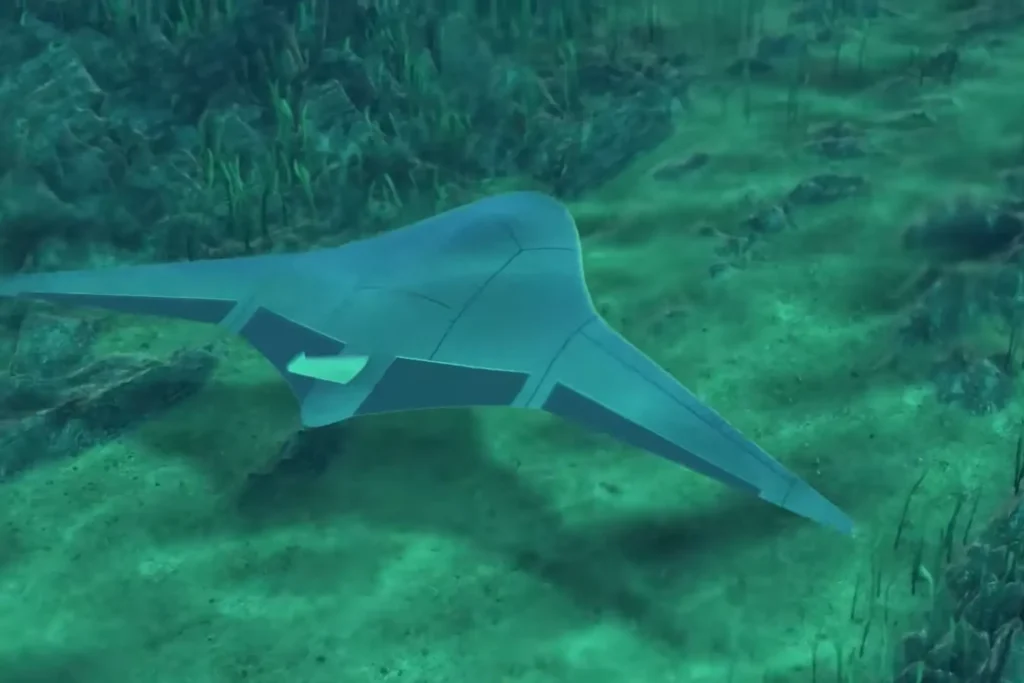
While there are several potential military and scientific applications for Manta Ray, one strategically valuable place to start might be in countering adversary submersibles – specifically, those armed with nuclear weapons.
Despite Russia’s poor performance throughout the ongoing invasion of Ukraine, Russia’s undersea capabilities remain among the best in the world, and as such, represent a potent threat to American security. Currently, Russia operates two classes of nuclear-armed ballistic missile submarines, including five Delta IV submarines and eight Borei-Class vessels of different iterations. Despite Russia’s sanction-based economic woes, production continues on three additional modernized Borei-A-class vessels. Russia’s Status-6 Oceanic Multipurpose System, also known as Poseidon or Kanyon, is a high-speed nuclear torpedo designed to travel distances as great as 5,400 nautical miles (6,200 miles) at speeds as high as a claimed 54 knots (a shocking 62 miles per hour), before lying in wait inside enemy harbors, waiting for the command to detonate its nuclear payload.
Initial Russian claims suggested that Status 6 could carry a massive 50-megaton nuclear payload, though that has since been revised to a more realistic two megatons. Nonetheless, a two-megaton blast would still be roughly 100 times larger than the atomic bomb dropped on Hiroshima. There remains some debate about whether or not such a detonation could create an irradiated tidal wave, with recent analyses largely disregarding the potential for this threat. Yet, such a detonation inside an American harbor would, nonetheless, be catastrophic.
This threat is more potent than many realize. In 2017, a Russian military documentary series alleged that a fleet of Russian Shchuka-B-class submarines armed with long-range cruise missiles was dispatched with orders to take up positions just outside American ports with U.S. Navy installations. The Russian Navy claimed to have completed the mission successfully, saying that they managed to operate just outside American territorial waters (extended 12 nautical miles to sea) without being detected.
The United States did not publicly respond to Russia’s claims — and likely for good reason. Had the Pentagon dismissed the Russian claims as false, Russian information operations would have spun that as tacit confirmation that America was unable to detect their presence. If the U.S. Navy did indeed detect and track the presence of these Russian submarines, revealing that could inadvertently provide some indication as to just what sorts of detection capabilities the United States does have, which may prompt renewed investment from the Russian Navy to find ways to circumvent it.
But regardless of the claim’s truth, the U.S. Navy took the threat seriously. Shortly after Russian officials made this claim, Secretary of the Navy Richard V. Spencer announced the United States was re-establishing its North Atlantic-based 2nd Fleet specifically to counter emerging Russian threats.
This decision echoed sentiments published two years prior by then-Naval Forces Europe commander Adm. James Foggo III.
“Russian submarines are prowling the Atlantic, testing our defenses, confronting our command of the seas, and preparing the complex underwater battlespace to give them an edge in any future conflict,” Foggo wrote in U.S. Naval Institute’s Proceedings. “Not only have Russia’s actions and capabilities increased in alarming and confrontational ways, its national-security policy is aimed at challenging the United States and its NATO allies and partners.”
Since then, the U.S. has also renewed investments into new forms of submarine detection, with new efforts like the Persistent Aquatic Living Sensors (PALS) program starting in 2019, which aims to use track natural and “modified” aquatic sealife near shore to use their behavior to identify the presence of encroaching submarines. Other efforts, like the Anti-Submarine Warfare (ASW) Continuous Trail Unmanned Vessel (ACTUV), which aims to field semi-autonomous submarine-hunting surface ships, that were already underway have also seen renewed interest and investment.
Northrop Grumman’s new Manta Ray system could be an incredibly potent new addition to America’s growing anti-submarine arsenal, providing a sustained weaponized presence that’s all but impossible to detect while inactive. Once submarine activity is identified via any one of the various sensing methods, automated responses in the form of both surface and subsurface platforms would take action immediately, making it harder than ever to sneak a submarine (or nuclear torpedo) in American or allied harbors.
To that end, DARPA is not placing all its eggs into Northrop Grumman’s basket: according to recent statements from DARPA, they will continue to mature other Manta Ray platforms in development.
“Manta Ray performers have each taken unique approaches to solving the wide range of challenges related to UUV endurance,” program manager Commander Kyle Woerner, said in the statement. “To me, this is a clear sign we are tackling a complex problem without a clear ‘one size fits all’ solution.”
Read more from Sandboxx News
Related Posts
Sandboxx News Merch
-

A-10 ‘Thunderbolt Power’ Poster
$22.00 – $28.00 Select options This product has multiple variants. The options may be chosen on the product page -

A-10 ‘Warthog’ Poster
$22.00 – $28.00 Select options This product has multiple variants. The options may be chosen on the product page -
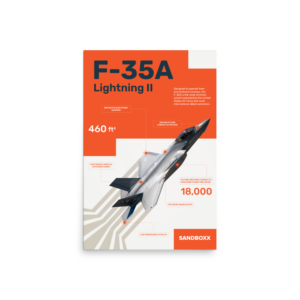
F-35 ‘Lightning’ Poster
$22.00 – $28.00 Select options This product has multiple variants. The options may be chosen on the product page

Alex Hollings
Alex Hollings is a writer, dad, and Marine veteran.
Related to: Gear & Tech
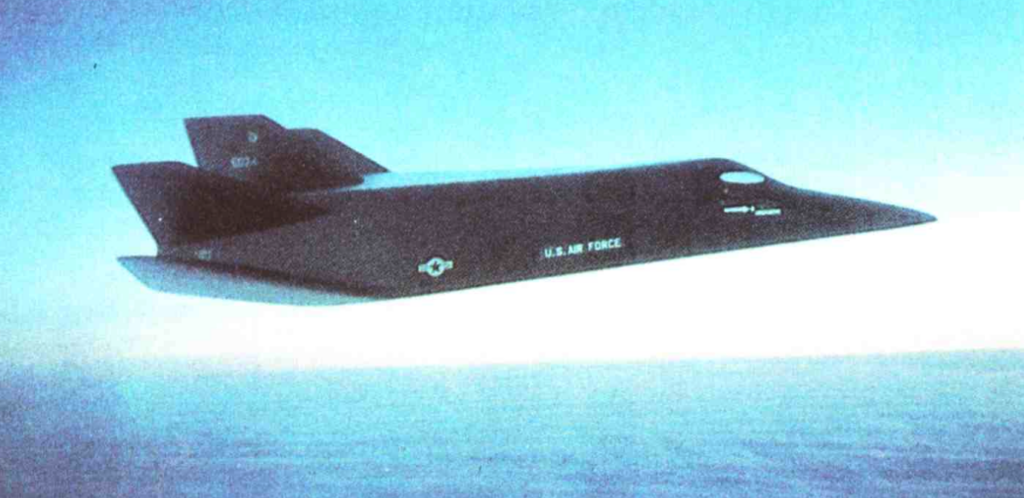
Game-changing military aircraft that were canceled before they could change the game
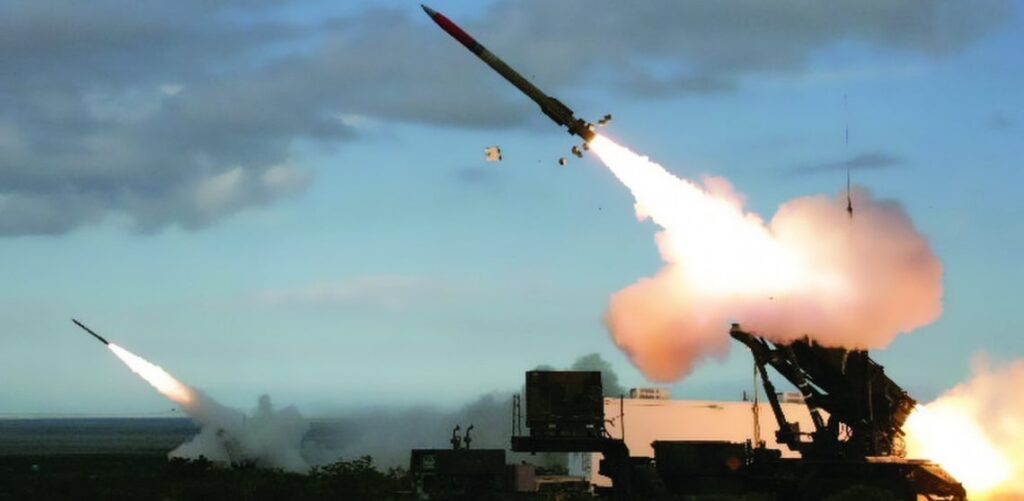
The ultimate guide to the Patriot air defense system
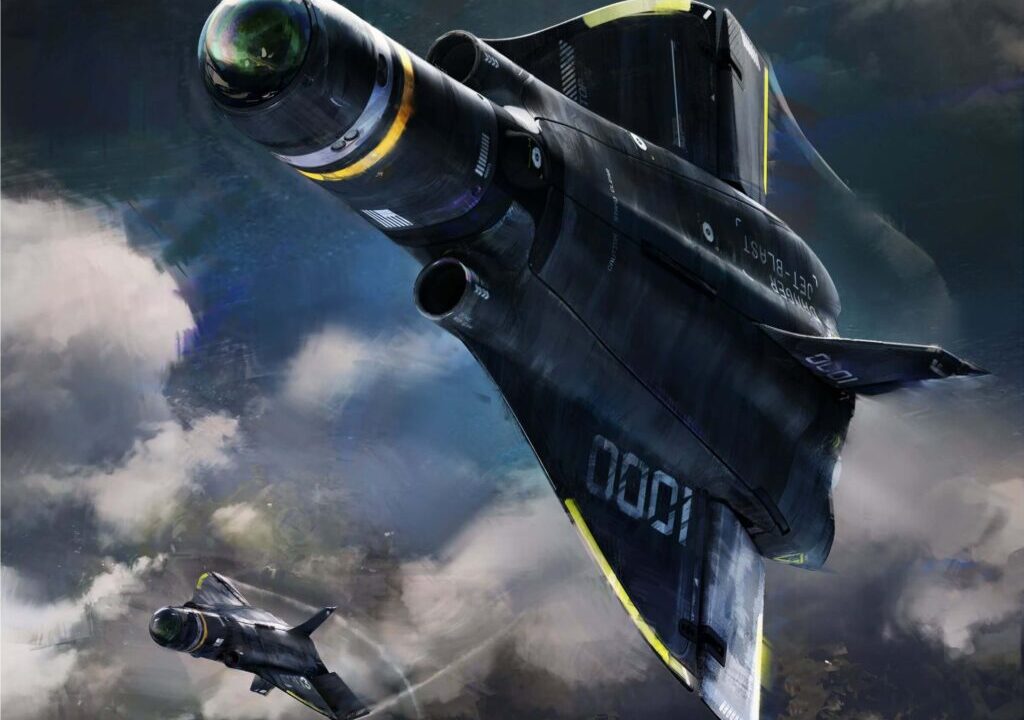
Anduril’s Roadrunner is a unique reusable missile interceptor
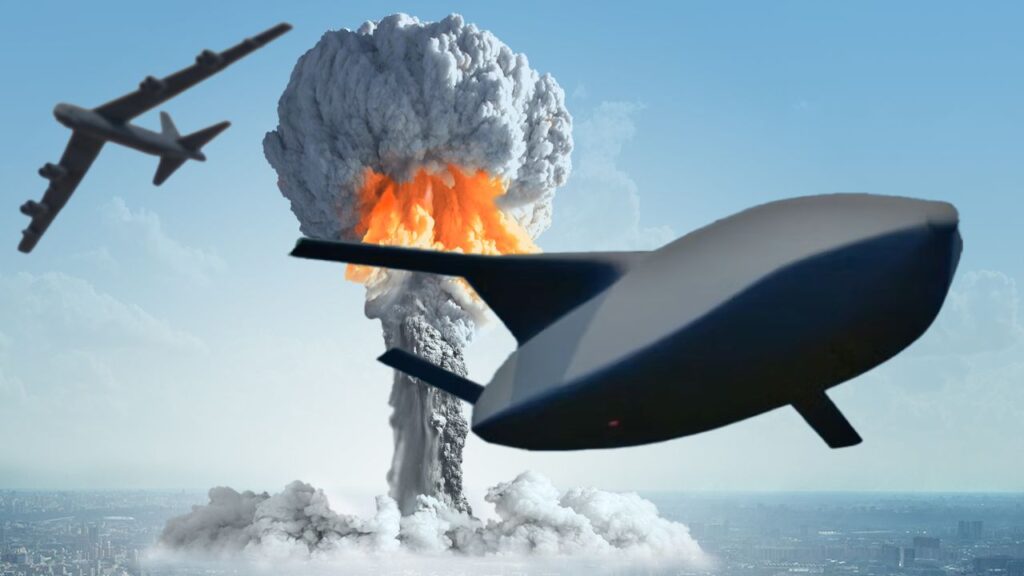
The AGM-181 LRSO missile will modernize America’s nuclear triad
Sandboxx News
-

‘Sandboxx News’ Trucker Cap
$27.00 Select options This product has multiple variants. The options may be chosen on the product page -

‘AirPower’ Classic Hoodie
$46.00 – $48.00 Select options This product has multiple variants. The options may be chosen on the product page -

‘AirPower’ Golf Rope Hat
$31.00 Select options This product has multiple variants. The options may be chosen on the product page -

‘Sandboxx News’ Dad Hat
$27.00 Select options This product has multiple variants. The options may be chosen on the product page
